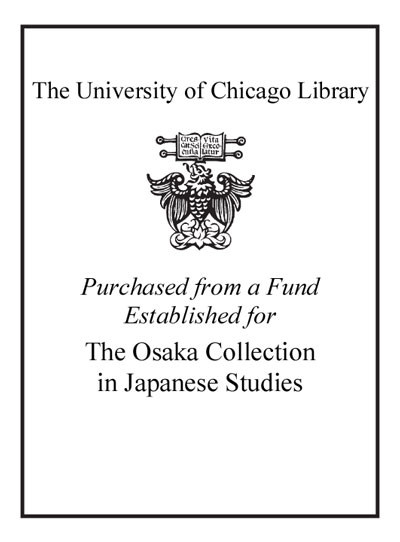Ōsaki Hachiman : architecture, materiality, and samurai power in seventeenth-century Japan /
Saved in:
| Author / Creator: | Schweizer, Anton, author. |
|---|---|
| Imprint: | Berlin : Reimer, [2016] ©2016 |
| Description: | 438 pages : illustrations (some color), maps ; 25 cm. |
| Language: | English German Japanese Spanish Latin |
| Series: | Hammonds Foundation monograph series on Asian art Hammonds Foundation monograph series on Asian art. |
| Subject: | |
| Format: | Print Book |
| URL for this record: | http://pi.lib.uchicago.edu/1001/cat/bib/11751561 |
Regenstein, Bookstacks
| Call Number: |
NA6057.S46S39 2016
|
|---|---|
| c.1 | Checked out Request via Interlibrary Loan Need help? - Ask a Librarian |

